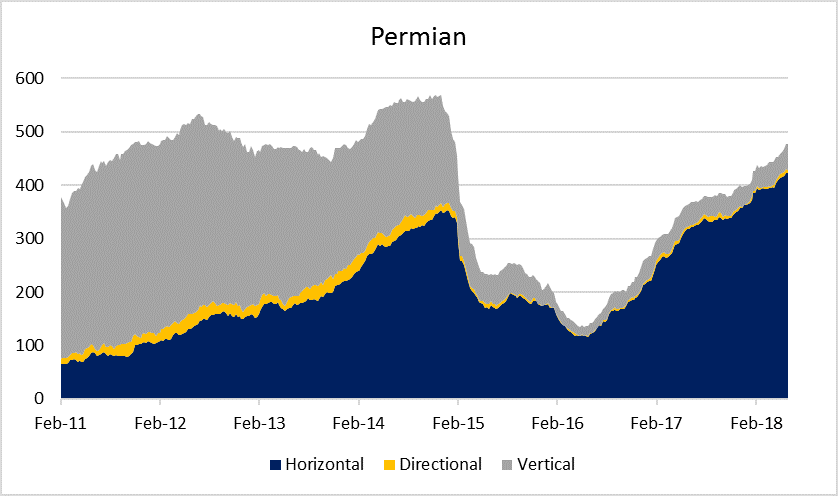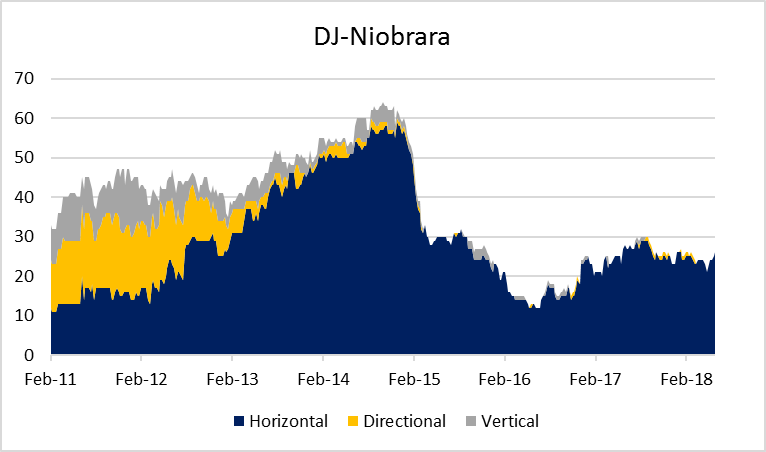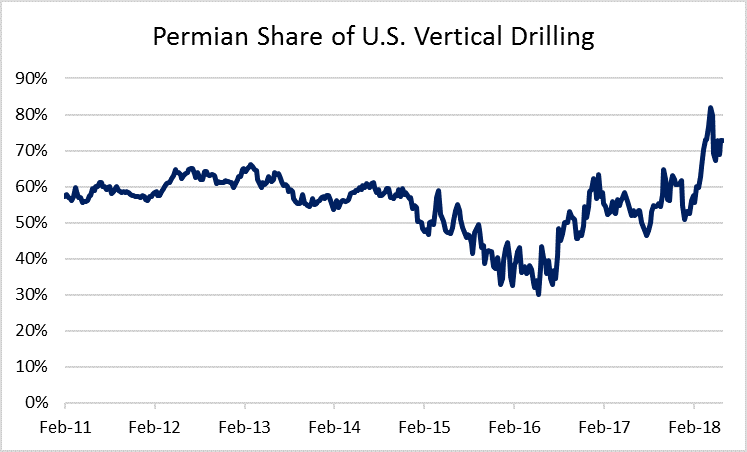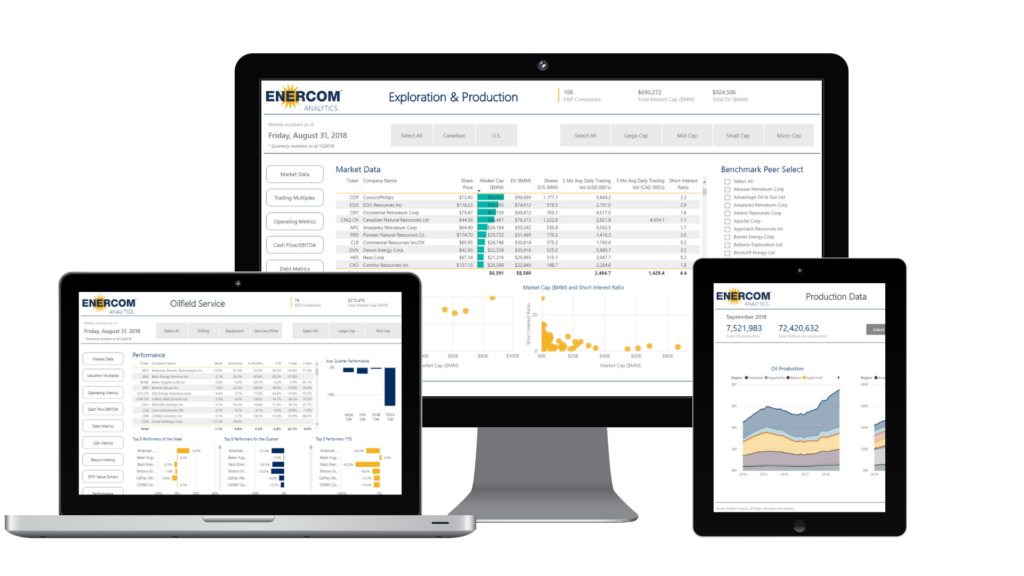Rightly regarded as the very heart of modern unconventional oil and gas drilling activity, the Permian Basin has some of the most concentrated horizontal drilling and completions operations in the country. However, there is a side of the Permian that is often overlooked—the vertical side.
Vertical activity dominated the Permian long after most other major plays in the U.S. had shifted to horizontal drilling. In late 2013, when every other major basin was drilled by almost exclusively horizontal rigs, vertical drilling still accounted for more than half of all Permian rigs. Vertical activity in the basin did not seriously decline until the downturn took its toll, with vertical rig count falling from 243 rigs to a mere 16 in less than two years.

The Permian may have the most resilient conventional operations, but it was not the only major basin to recently see conventional drilling dominate.
Vertical exploratory drilling common in early Utica
Baker Hughes began tracking rig trajectories in individual basins in 2011, meaning data for the early stages of plays like the Eagle Ford, Williston and Marcellus are not available. However, the early stages of the youngest major shale play in America, the Utica, are visible. In the Utica, in 2011 most operators were drilling vertical wells, with only a handful of directional and horizontal rigs active. These vertical rigs were primarily drilling test wells, allowing companies to assess the new play. Horizontal drilling expanded rapidly in 2012, as operators began to apply the knowledge gained from the previous vertical wells.
Vertical and directional rigs continued to work in the basin in small numbers from 2012 through the downturn, but as in other basins this activity quickly ceased after 2014.

DJ basin has similar history to Permian
Like the Permian, the DJ-Niobrara has a long history as a conventional basin. Unconventional activity has only recently moved into the play, with the first wells drilled in 2009. While operators had started to embrace unconventionals at the beginning of 2011, horizontal drilling accounted for only one-third of all activity. DJ operators quickly embraced unconventional drilling, though, and horizontal drilling quickly came to dominate the DJ.

What sets the Permian apart?
What sets the Permian apart, then, is that vertical drilling is still popular in the basin while it has died out in other major basins. Baker Hughes reports there are currently 48 vertical rigs active in the Permian, or 10% of the total number of rigs in the play. For reference, there are only three vertical rigs drilling in all other basins combined.
The Permian now accounts for 73% of all U.S. vertical activity, a proportion that has been gradually rising since the oil market bottomed in early 2016. While most money and attention goes to unconventional operators, vertical drilling in the Permian remains very much alive.



